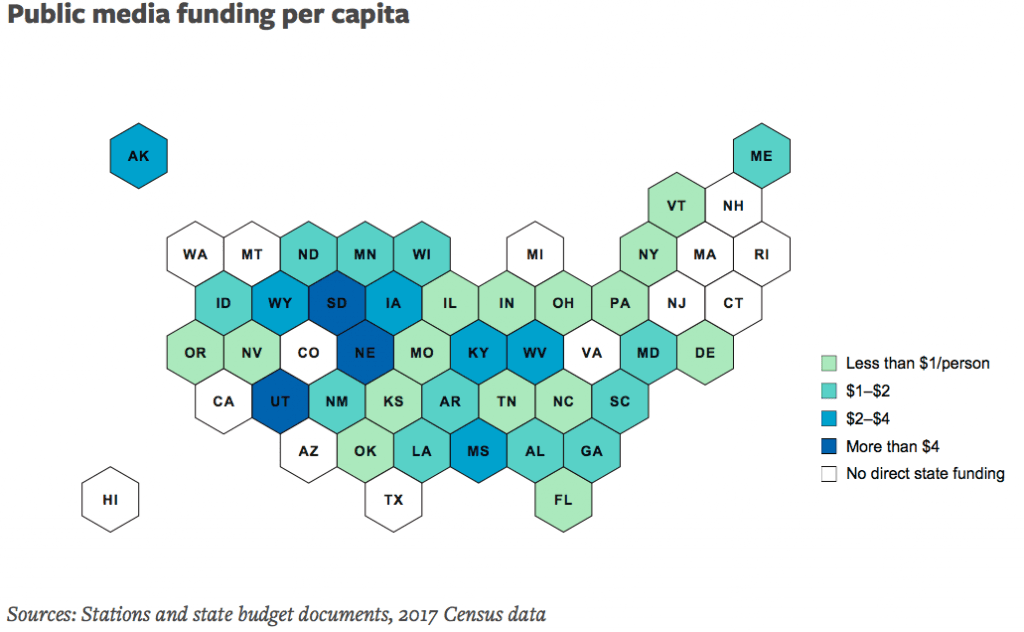State budget choices matter to North Slope public broadcasting
A Must Read Alaska analysis published November 15, 2025 found that proposed state budget changes were likely to leave public broadcasting largely intact, with the House plan showing no cuts and the Senate plan trimming just $146,000. That outcome carries significance for North Slope Borough residents because local stations like KBRW provide essential news, emergency alerts and culturally relevant programming across the Arctic region.

A mid November analysis of Alaska budget proposals signaled limited direct reductions to public broadcasting, a development that matters to residents of Utqiagvik and other North Slope communities that rely on local radio and public media. The Must Read Alaska piece published on November 15, 2025 reported that the House budget contained no cuts to public broadcasting and the Senate budget included only a relatively small reduction of $146,000, making deep cuts appear unlikely in final conference negotiations.
The budget picture for other services painted a sharper contrast, with much larger proposed reductions for programs such as the Alaska Marine Highway System. That difference underscores the way small line items can carry disproportionate weight in rural Alaska, where a single local broadcaster often serves as the only consistent source of news and critical information across vast, sparsely populated areas.
For North Slope Borough residents the stakes are practical and immediate. Public radio and allied media partners deliver local reporting on municipal and tribal governance, health and education services, and economic developments tied to seasonal work and resource projects. The stations also act as a primary conduit for emergency messaging, a role that becomes crucial when satellite, cellular or other communications services degrade during extreme weather or technical outages. Reductions in funding can translate into cutbacks in live coverage, fewer hours on the air and diminished capacity to maintain transmitters and emergency alerting systems.
The Must Read Alaska analysis placed those local operational concerns within a broader fiscal context. Alaska continues to face statewide budgetary pressures and uncertainty over federal funding streams that support public media infrastructure. Those pressures mean that even modest changes at the state level can reverberate in rural communities, challenging stations already operating on tight margins.
KBRW and similar outlets also play a cultural role by broadcasting programming that reflects Indigenous languages, traditions and perspectives. Loss of capacity in those areas would reduce the availability of culturally relevant content for listeners who have limited alternatives.
As the Legislature moves toward final budget conference decisions, North Slope officials, station managers and listeners will be watching for any shifts that could affect local operations and emergency readiness. Maintaining stable support for public broadcasting in the Arctic remains a local priority with implications for public safety, community cohesion and the flow of information across the region.


